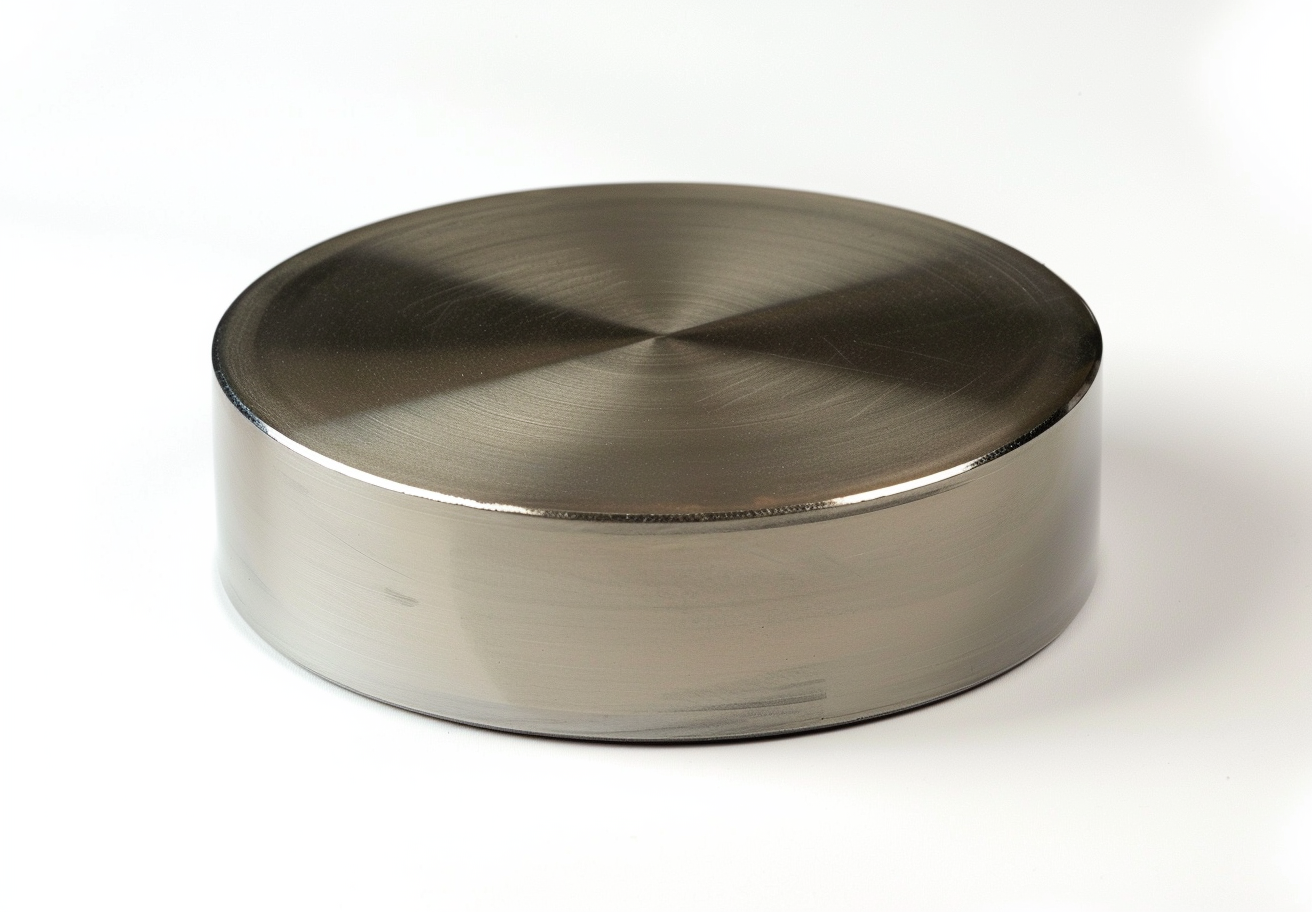Solubility In Chemistry
Definition
Solubility is the measure of the amount of a solute that can be dissolved in a given quantity of solvent to form a stable solution. It is usually expressed in grams of solute per 100 grams of solvent. The solubility is determined by factors such as temperature, pressure and the type of both solute and solvent.
Examples
Common examples of solubility are:
lSalt in water: Sodium chloride (NaCl) dissolves readily in water, forming a salt solution.
lSugar in tea: Sugar dissolves in hot tea, thereby sweetening the beverage uniformly.
lCarbon dioxide in soft drink: Carbon dioxide dissolves in carbonated beverages under pressure, thereby imparting effervescence.
lEthanol in water: Ethanol is completely miscible with water, forming a homogeneous solution that is used in various applications.
Solubility of Common Substances
The following table outlines the solubility of several common substances in water:
|
Material |
Solubility in water (at 25°C) |
Description |
|
Sodium chloride (NaCl) |
357 g/L |
Dissolves readily and dissociates into Na⁺ and Cl⁻ ions. |
|
Sugar (Sucrose) |
2 000 g/L |
Dissolves with a solubility of 2 000 g per litre, thereby yielding a solution with a distinct sweet taste. |
|
Ethanol (C₂H₅OH) |
Completely miscible |
Forms a homogeneous solution with water in all proportions. |
|
Oxygen (O₂) |
8.3 mg/L |
Exhibits low solubility, which decreases with rising temperature. |
|
Carbon dioxide (CO₂) |
1.7 g/L |
Its solubility increases with pressure and decreases with higher temperature. |
|
Calcium chloride (CaCl₂) |
745 g/L |
Exhibits a high solubility and is employed for de-icing purposes. |
|
Potassium nitrate (KNO₃) |
1 320 g/L |
Dissolves well and is utilised in fertilisers. |
|
Copper sulphate (CuSO₄) |
29.6 g/L |
Exhibits moderate solubility, forming a blue solution. |
|
Calcium carbonate (CaCO₃) |
0.001 g/L |
Has a very low solubility and is responsible for hard water. |
|
Oil (Vegetable oil) |
Insoluble |
Does not dissolve in water due to its non-polar nature. |
Further information can be found at Stanford Advanced Materials (SAM).
Factors Influencing Solubility
Several factors influence the solubility of a substance:
Temperature
In general, the solubility of solids in liquids increases with temperature, while the solubility of gases decreases as temperature rises.
Pressure
Pressure primarily affects the solubility of gases; with increased pressure, the number of gas molecules forced into the solvent increases, thereby raising their solubility.
Type of Solute and Solvent
Polar solutes tend to dissolve well in polar solvents, whereas non-polar solutes dissolve more effectively in non-polar solvents, according to the principle "like dissolves like".
Presence of Other Substances
The presence of other dissolved substances can affect solubility through ion interactions or by altering the properties of the solvent.
Applications of Solubility
- Pharmaceutical industry: Influences the absorption and bioavailability of medicines; drugs must be sufficiently soluble in body fluids to be effective.
- Environmental sciences: Solubility determines the dispersion of pollutants in water, thereby affecting water quality.
- Water treatment: Employed to dissolve disinfectants and chemicals in the purification process.
- Food industry: Affects the dissolution of ingredients such as sugar and salt in food and beverages.
- Chemical engineering: Essential for processes such as crystallisation, distillation and extraction.
- Chemical reactions: Solubility impacts the rate and efficiency of reactions in solutions.
- Agriculture: Determines nutrient availability in soil and the effectiveness of fertilisers.
- Cosmetics: Ensures that ingredients such as fragrances and preservatives dissolve correctly in products.
- Fuel: Affects the blending of additives with fuel for optimum performance.
Frequently Asked Questions
What is solubility?
Solubility is the ability of a substance to dissolve in a solvent and form a homogeneous mixture.
How does temperature affect solubility?
An increase in temperature generally results in increased solubility of solids in liquids, while it decreases the solubility of gases.
Why does pressure influence the solubility of gases?
Higher pressure forces more gas molecules into the solvent, thereby increasing their solubility.
What does "like dissolves like" mean?
This principle indicates that polar substances tend to dissolve well in polar solvents and non-polar substances dissolve more effectively in non-polar solvents.
Can the presence of other substances affect solubility?
Yes, additional dissolved substances can either decrease or increase the solubility of a solute through various interactions.

 Bars
Bars
 Beads & Spheres
Beads & Spheres
 Bolts & Nuts
Bolts & Nuts
 Crucibles
Crucibles
 Discs
Discs
 Fibers & Fabrics
Fibers & Fabrics
 Films
Films
 Flake
Flake
 Foams
Foams
 Foil
Foil
 Granules
Granules
 Honeycombs
Honeycombs
 Ink
Ink
 Laminate
Laminate
 Lumps
Lumps
 Meshes
Meshes
 Metallised Film
Metallised Film
 Plate
Plate
 Powders
Powders
 Rod
Rod
 Sheets
Sheets
 Single Crystals
Single Crystals
 Sputtering Target
Sputtering Target
 Tubes
Tubes
 Washer
Washer
 Wires
Wires
 Converters & Calculators
Converters & Calculators
 Write for Us
Write for Us





 Chin Trento
Chin Trento



